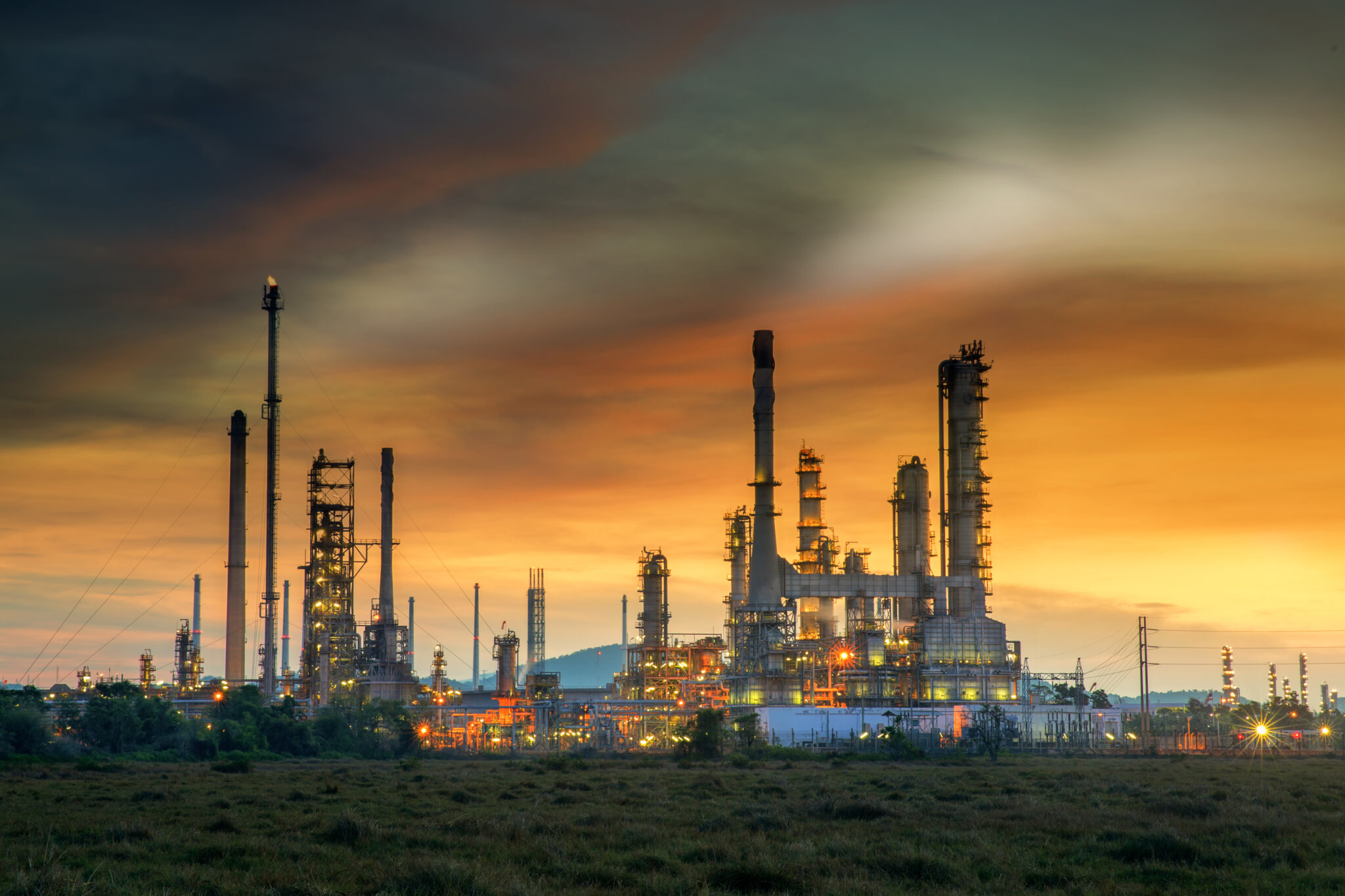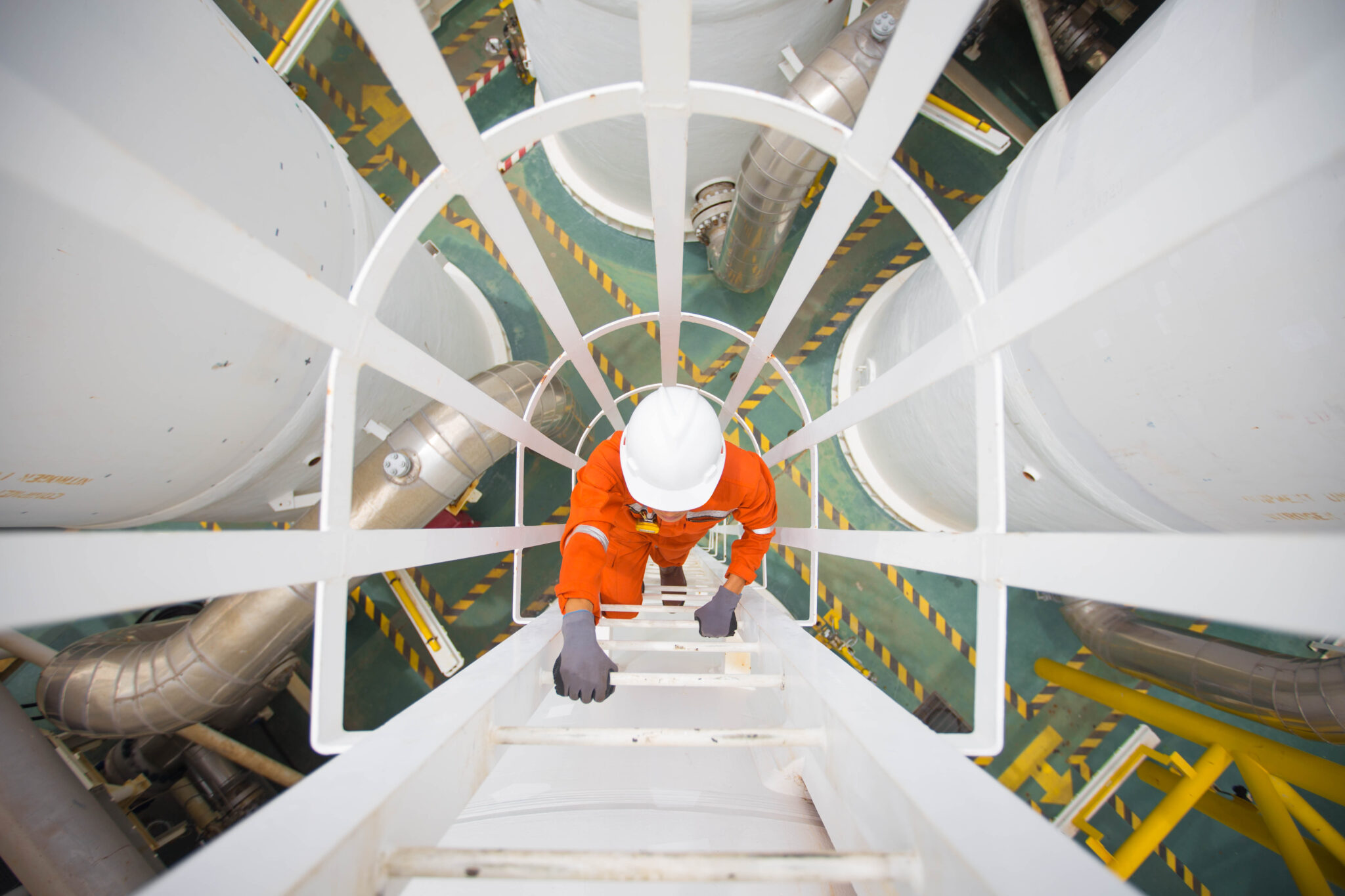Petroleum refineries in California need to act fast to meet next year’s deadline for the state’s clean air law, Assembly Bill 617 (AB 617), as CEO Steve Billingham explains:
“With less than six months to go, time is running out to make sure you have an adequate air monitoring strategy in place by the time the next deadline hits. This is not something to leave until the last minute. Air monitoring strategies are complex and must consider the needs of all stakeholders, including people working on, or living near, a petrochemical facility.”
AB 617 requires industry and local government to take a ‘community focused’ approach to improve air quality in California. The next deadline, 1 July 2019, relates to the implementation of air monitoring plans and will apply to any business located within the boundaries of a specified Community Air Protection Programme (CAPP), including petroleum refineries.
To comply with the legislation, businesses will need to invest in real-time monitoring equipment that measures fenceline levels, both at and near a refinery’s boundaries. Any data captured must then be communicated with residents and stakeholders.
“Businesses must consider, therefore, not just how air quality will be measured, but also how and where this information will be shared,” Steve said. “Luckily, significant progress has been made in the tools needed to measure and report on air quality, including technologies based on photo-ionisation detection (PID), gas chromatography (GC) and UV absorption spectroscopy.
“Duvas Technologies, however, is one of the few companies to have created a solution that’s based directly on the needs of Californian refineries with regards to AB 617 compliance.”
“Air monitoring strategies are complex and should not be left until the last minute.”
The DV3000 is a portable analysis unit capable of measuring a large variety of gases, including benzene, a volatile organic compound that has been linked to cases of chronic leukaemia. The unit is equipped with proprietary software and algorithms that analyse real-time readings and generate concentration levels to parts-per-billion (ppb). It is already being used by petrochemical companies to deliver fast, accurate air quality data.
“By embracing AB 617, adopting technologies like the DV3000 and working collaboratively with local stakeholders, the petrochemical has a great opportunity to become a world leader in best-practice for air quality monitoring,” Steve said. “It’s my sincere hope that other industries will soon follow suit.”









